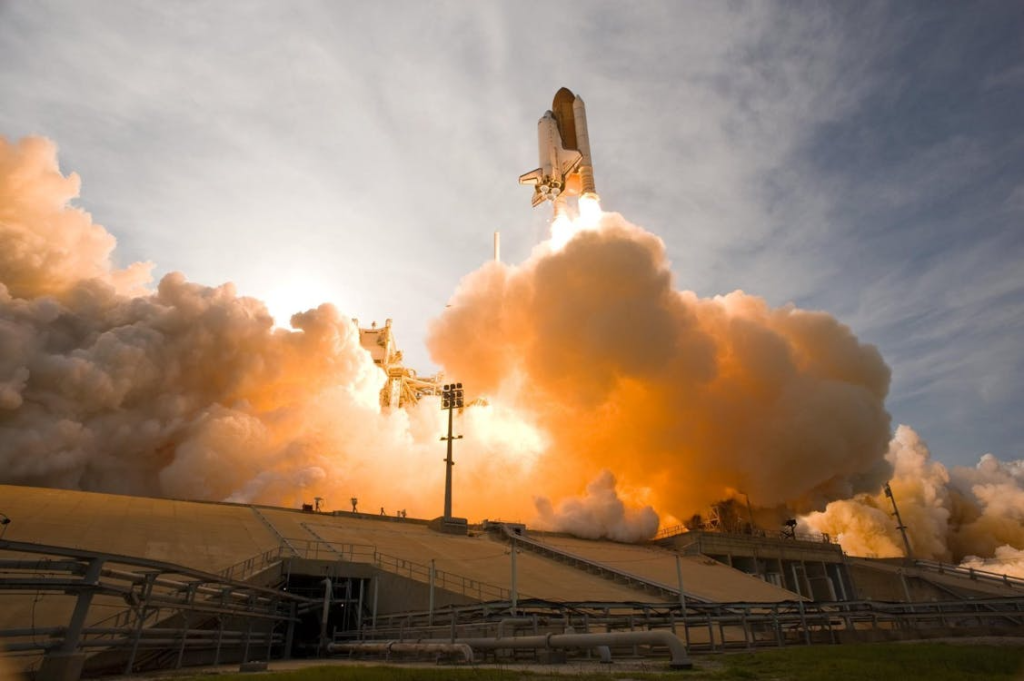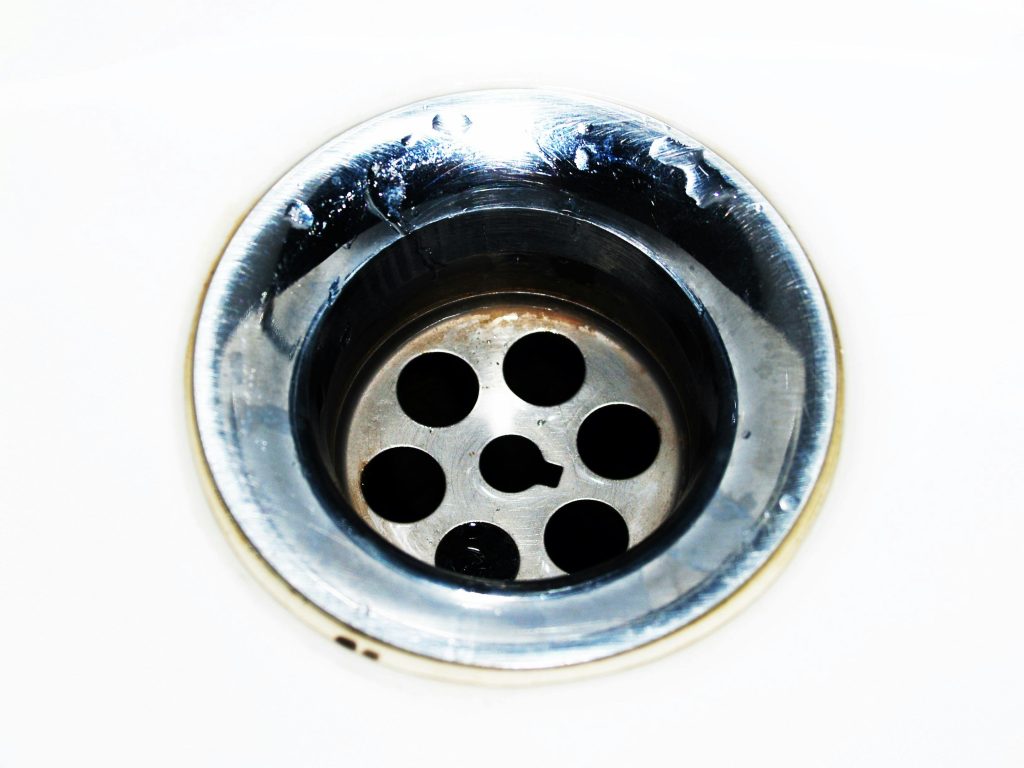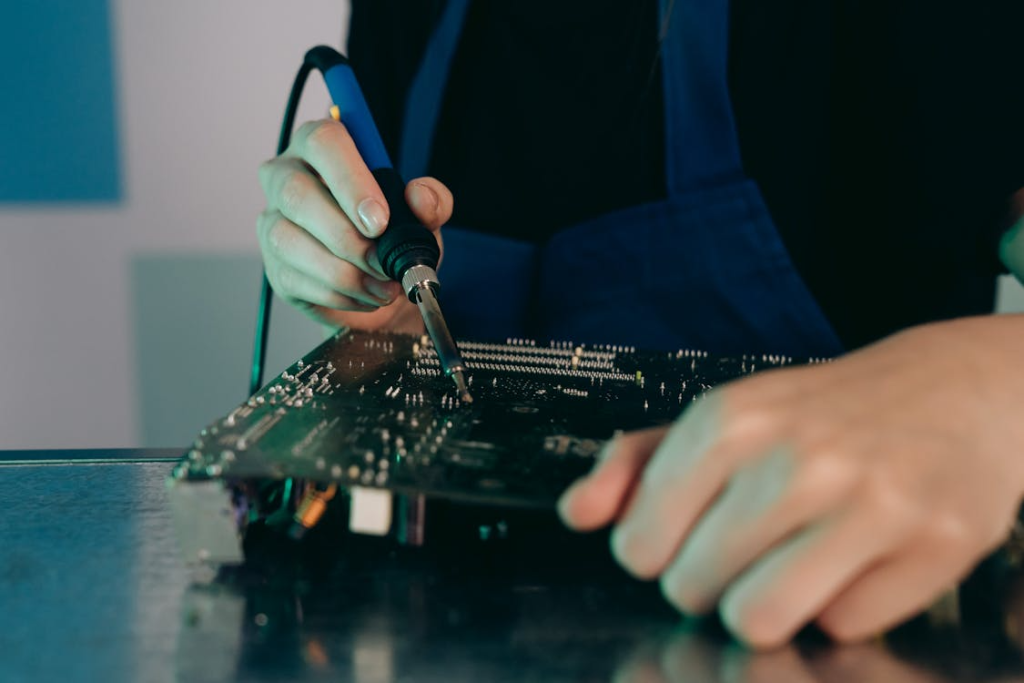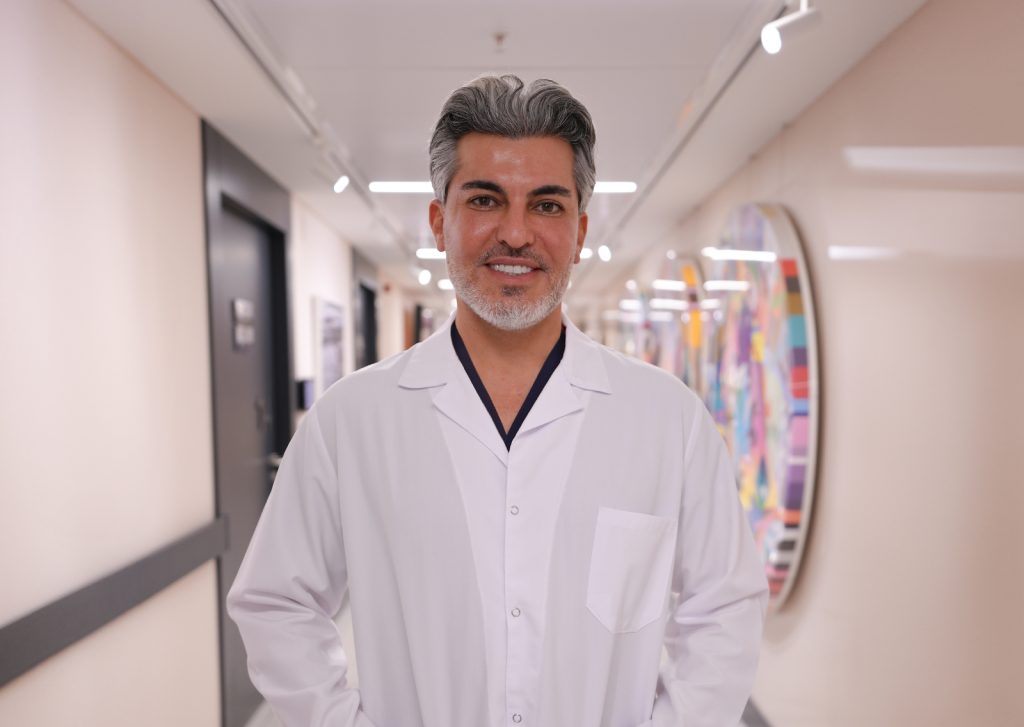Biotechnology research and development is a dynamic field that harnesses living organisms, cells, and biological processes to create innovative products or improve existing ones. By combining biology with cutting-edge technology, this discipline addresses real-world challenges. These challenges include curing diseases, enhancing food security, and tackling environmental issues.
At its core, biotech research and development involves studying life at the molecular level. Scientists then apply that knowledge to practical solutions involving DNA, proteins, and enzymes. The process of biotech research can take many forms. It ranges from developing new medications to engineering crops that withstand harsh climates.
For instance, researchers might manipulate bacteria to produce life-saving drugs. They can also modify plants to boost agricultural yields. This field is driven by both curiosity and practicality. Scientists explore the building blocks of life, then transform discoveries into tools that benefit society.
Biotechnology research and development spans industries like healthcare, agriculture, and environmental science. This makes it a cornerstone of modern innovation. The process often starts with a question or problem. Examples include how to treat a rare disease or reduce pollution.
Scientists then design experiments, analyze results, and refine their approaches. They often collaborate with engineers, policymakers, and businesses to bring their ideas to life. It’s a cycle of discovery and application that constantly evolves. This process pushes the boundaries of what’s possible.
What Do Biotechnologists Do?
Biotechnologists are the problem-solvers of the biological world. They use their expertise in biology and technology to develop solutions that improve lives. Their work is diverse, spanning laboratory research, product development, and policy advising. Whether they’re creating new medications or finding ways to clean polluted water, their work is hands-on and innovative.
Here’s a closer look at their key roles and responsibilities:
- Designing and conducting biotechnology experiments. Biotechnologists plan and carry out experiments to test hypotheses. For example, they might investigate how a new drug interacts with cancer cells. They also study how genetically modified plants respond to drought.
- Analyzing data. After biotechnology experiments, they collect and study data to draw meaningful conclusions. This might involve using software to interpret genetic sequences. It could also mean measuring the effectiveness of a new treatment.
- Developing products. From vaccines to eco-friendly materials, biotechnologists turn lab findings into practical products. This could mean creating insulin for diabetes patients. It might involve developing biofuels for clean energy.
- Collaborating across fields. Researchers often work with chemists, engineers, and business professionals. This collaboration helps scale up discoveries for commercial use.
- Ensuring safety and ethics. They follow strict regulations to ensure their work is safe and ethical. This is especially important when dealing with genetic modifications or human health.
- Keeping up with trends. The field moves fast, so researchers stay updated on the latest tools and techniques. This helps them stay competitive and discover new breakthroughs.
Biotechnologists might specialize in areas like medical research, agricultural improvements, or environmental solutions. Some work in academic labs, while others are employed by biotech companies or government agencies. Their work requires creativity, precision, and a passion for solving complex problems.
Types of Biotechnology
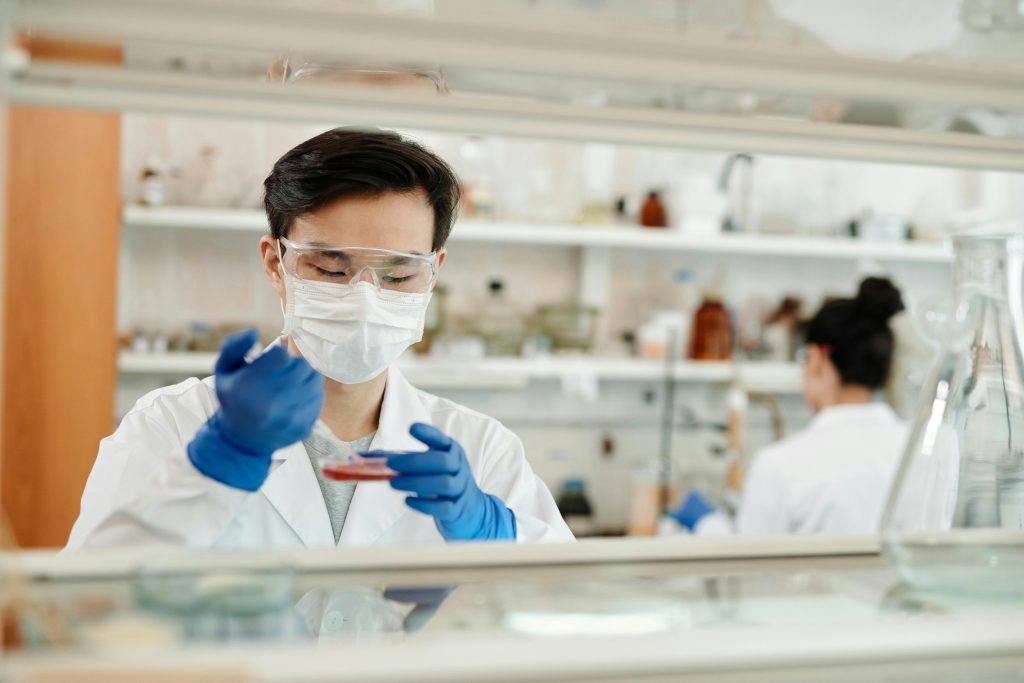
Biotechnology is a broad field with several distinct branches. Each branch addresses different challenges and is categorized based on its applications. Each type plays a unique role in shaping our world. Here’s a breakdown of the main types:
- Medical biotechnology. This branch focuses on improving human health. It’s behind life-changing innovations like vaccines, antibiotics, and gene therapies. For example, medical researchers develop treatments for diseases like cancer or diabetes. They do this by targeting specific cells or genes.
- Agricultural biotechnology. This type of Biotechnology enhances farming by improving crops and livestock. Genetically modified organisms are prime examples. These include pest-resistant corn or drought-tolerant rice. These advancements help feed growing populations and reduce reliance on harmful pesticides.
- Industrial biotechnology. This branch focuses on using biological processes for manufacturing. It includes creating biofuels, biodegradable plastics, and enzymes used in detergents. Industrial biotechnology aims to make manufacturing processes more sustainable and efficient.
- Environmental biotechnology. This type uses microbes or plants to address environmental problems. For instance, bacteria can be engineered to break down oil spills or purify contaminated water. This contributes to cleaner ecosystems.
- Marine biotechnology. This explores ocean organisms for new resources. Examples include medications derived from marine algae or sustainable aquaculture techniques.
Each type of biotechnology relies on similar tools like genetic engineering or cell cultures. However, they apply these tools to different goals. This diversity allows biotechnology to tackle challenges across industries, from healthcare to sustainability.
Biotechnology Systems
Biotechnology systems are the essential tools and processes that power research and development. At the heart of these systems is the lab system that makes experiments possible. A well-equipped laboratory system is like a high-tech facility. Every tool and component must work together to produce reliable results. From basic equipment like a lab dish for cell culture to advanced microscopes, each piece plays a crucial role.
Here are some key components of laboratory systems:
- Advanced microscopes. These allow scientists to observe cells, tissues, and molecules in detail. This helps them understand biological processes at the smallest scales.
- DNA sequencers and synthesizers. These machines read and edit genetic code. This enables researchers to study or modify DNA for applications like gene therapy or crop improvement.
- Bioreactors. These controlled environments in the lab system grow cells or microbes to produce products. Products include medications, enzymes, or biofuels on a larger scale.
- Centrifuges and pipetting systems. Centrifuges separate components of samples, while pipettes handle precise amounts of liquid. Both are critical for accurate experiments.
- Data analysis tools. Biotechnology generates massive amounts of data, including gene sequences and protein structures. Specialized software helps scientists process and interpret this information.
- Sterile environments. Cleanrooms and laminar flow hoods prevent contamination. This ensures experiments remain accurate and reliable.
A robust laboratory system ensures experiments are precise, reproducible, and efficient. It also supports collaboration by standardizing processes across teams. Without these systems, research would be slow, error-prone, and far less impactful.
Advances in Biotechnology
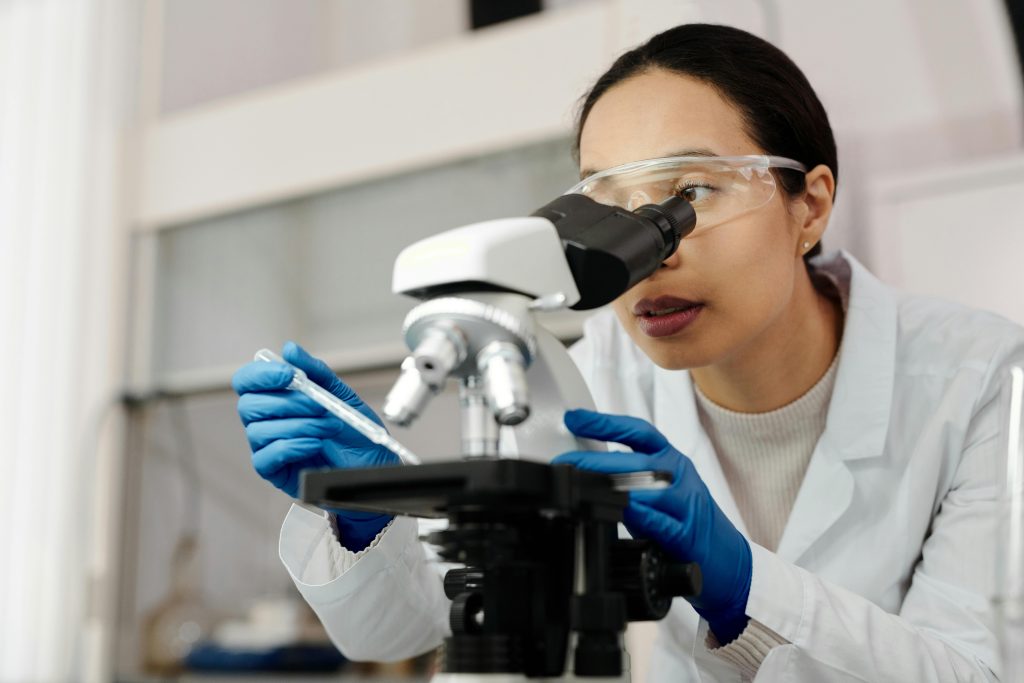
The field of biotechnology is advancing rapidly, driven by years of dedicated research. These advances are transforming industries and improving lives through groundbreaking discoveries. Here are some of the most exciting developments:
- CRISPR gene editing. This revolutionary tool allows scientists to edit DNA with precision. It offers potential cures for genetic disorders like sickle cell anemia. Gene editing can also help create crops that resist climate change.
- Synthetic biology. Researchers are building artificial biological systems. For example, bacteria that produce biofuels or degrade plastic waste. This paves the way for sustainable solutions.
- Personalized medicine. By analyzing a patient’s genetic makeup, doctors can create tailored treatments. This includes cancer drugs designed for specific tumor types.
- Lab-grown meat. Using cell cultures, scientists can grow meat without raising animals. This reduces the environmental footprint of food production.
- mRNA technology. mRNA vaccines, like those for COVID-19, deliver genetic instructions to cells. This enables faster and more effective immune responses to diseases.
- Biomaterials. New materials, such as bioengineered skin and tissue scaffolds, are being developed. These are used for medical implants and regenerative medicine.
These biotechnology innovations are solving some of humanity’s biggest challenges. They address issues from healthcare to environmental sustainability. As research continues, the potential for new breakthroughs grows. This promises a future of even greater possibilities.
Biotechnology Examples
To see biotechnology in action, let’s explore some examples that show its real-world impact. These applications demonstrate how biotechnology transforms ideas into tangible solutions:
- Insulin for diabetes. Genetically engineered bacteria produce human insulin. This provides a life-saving treatment for millions of people with diabetes. This was one of biotechnology’s earliest successes.
- Genetically modified crops. Crops like Bt corn and Roundup-ready soybeans are engineered to resist pests or herbicides. This increases yields while reducing pesticide use.
- Biodegradable plastics. Biotechnology has developed plastics from plant-based materials like corn starch. These decompose naturally, helping combat plastic pollution.
- CAR-T cell therapy. This cancer treatment modifies a patient’s immune cells to attack tumors. It offers hope for previously untreatable cancers.
- Biofuels. Ethanol and biodiesel, made from crops or algae, provide renewable energy alternatives to fossil fuels. This reduces greenhouse gas emissions.
- Bioremediation. Microbes are used to clean up environmental pollutants. These include oil spills or heavy metals in soil, helping restore ecosystems.
These biotechnology examples highlight biotechnology’s ability to address diverse challenges. They range from improving health to protecting the planet. The field’s versatility ensures its solutions are both practical and far-reaching.
Biotechnology is a powerful force for progress. It blends science and biotechnology innovations to tackle global problems. Whether creating life-saving drugs, sustainable materials, or cleaner environments, biotechnology is shaping a better future. As the field continues to grow, its potential to transform lives and industries is limitless.


